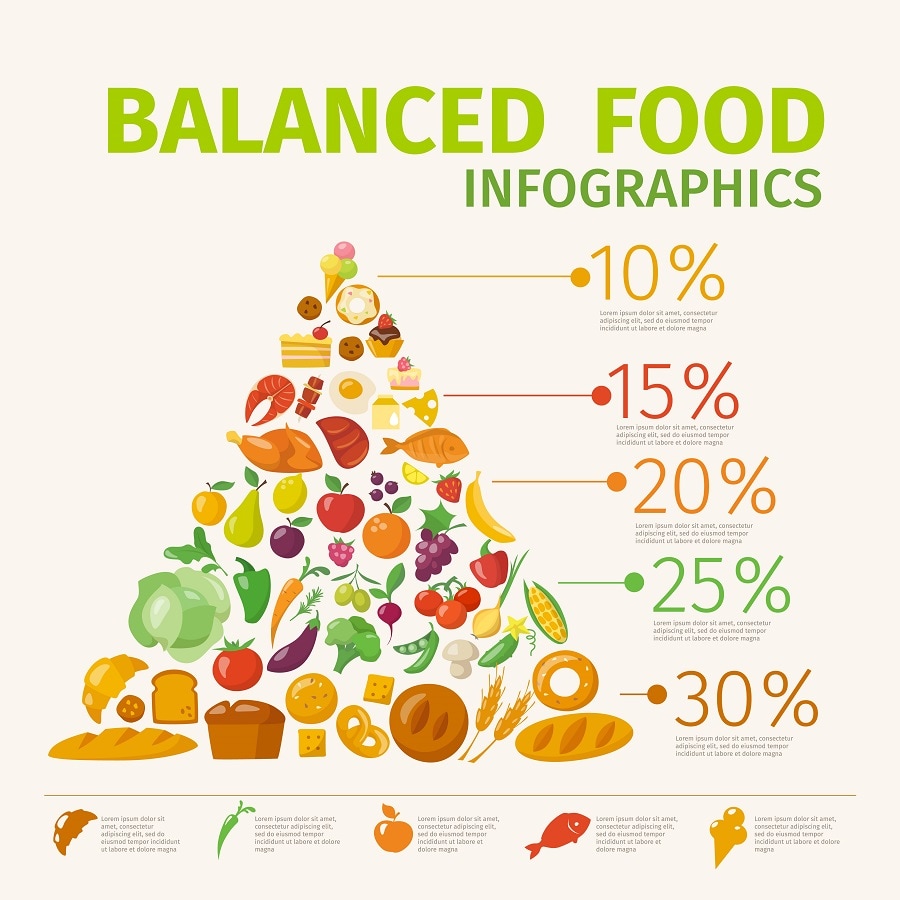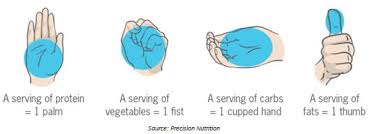|
Imagine it’s Sunday lunch time and the whole family is gathered around the dining table. Food is already served. Can you recall how much food each member of your family, from the smallest to the eldest would have on their plate? Would it be the same for the toddler and the grandma? Many families face a problem which they can’t crack. When majority of the meals are home cooked, reasonably balanced and dessert is only served occasionally, but the children seem to have weight management issues, you’d like to look into how much they eat as opposed how much food they need for their activity levels. In this blog post, we’ll discuss what the best methods are to keep the protion sizes in check for the whole family. The Food Pyramid Method
Serving SizesBread, cereal, rice
Food for young children (1-5 years)According to Health Service Executive, by the age of 1 year your child should eat a variety of food, should be able to drink from a lidless beaker and will need to drink 1 pint of full fat milk a day. Any more than that will carry the risk of reducing their appetite. They should have three meals per day with healthy snacks in between. Bread , Cereals and Potato = Starchy Carboydrates
Fruit and Vegetables
Milk, cheese and yoghurt
Meat, fish and other protein sources
Top Shelf of the Food Pyramid – Sweets, biscuit, cakes, etc. These foods shouldn’t be part of your child’s daily diet as they are high in calories but low in nutrients and will reduce appetite for more nutritious food. Sugary food and drink are not good for the teeth either.
Hands-On Nutrition for Kids and AdultsNow, the above method might seem a little too complicated: having to keep seving sizes in mind for each age group and organise the food of the whole family accordingly is achievable when all meals are made and consumed at home but becomes extremely challenging whe eating out, in school or any events. God news there is a simple way to keep the portions in check and you only need your (or the child's) hand which is convenientl is always with you or them. According to Precision Nutrition because the size of our palm grows with us gradually into adulthood and it’s in proportion with our other body measurements, it can be used as a good, always on hand help for portion size. This can come especially “handy” when eating out. Please note the method is not suitable for infants’ solid food portion size, but can be used for young kids, teens and adults as well. Boys and men, especially when active can double up on the amount of each nutrient compared to the girls and women with similar activity levels. You will need to experiment with this method flexibly to find a balance for you and your kids. Ideally you don’t want to feel hungry very often, but equally shouldn’t feel full always either. How to use your hand for each food group?
As you can see there is more than one way of measuring and controlling the portion sizes and it’s especially important to align these with the needs of the body at different stages of life. The first step is however to assess your and your family’s current nutrition habits and identify the type of meals or nutrients that your child may be having in excess before you can change those habits.
0 Comments
Leave a Reply. |
AuthorDavid Knowles is the founder of Evolutis, Dad x 5 & wannabe singer songwriter! Archives
June 2024
Categories |
Services |
Company |
|
|
© COPYRIGHT 2015. ALL RIGHTS RESERVED.
|
Website by My Personal Trainer Website
|



 RSS Feed
RSS Feed